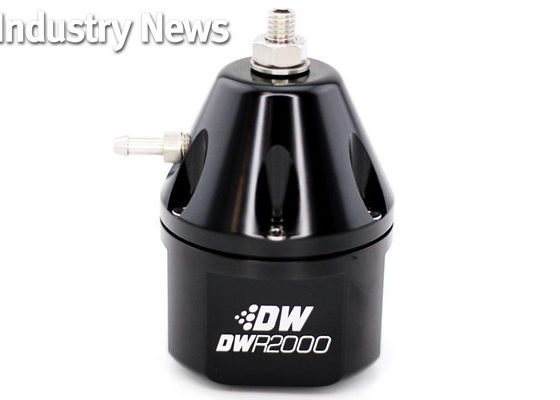
Testing Radium Engineering's Advanced Self-Draining Catch Can!
Having proper crankcase ventilation is critical on a performance engine, especially forced induction ones that have more blowby past the rings by nature. The pressure needs to be relieved. Excessive crankcase pressure can blow seals, cause severe smoking from the turbo and affect piston ring seal causing smoking and losing power.
Good crankcase venting is more than just having an open vent line to the atmosphere or back into the intake. In the vent gasses, oil vapor from crankcase windage and drain back from the top end of the engine is expelled with the blowby gasses. Sometimes the amount of oil expelled can be considerable, especially with forced induction with track driving where you are at wide open throttle.
Because of this most race sanctioning bodies and track day organizers require that catch cans be used on all breathers. Another issue is that sometimes so much oil is expelled to the catch can that it can have a negative impact on sump levels during the course of a race. Low oil pressure and blown engines have resulted from this.
Boxter engines like the ones found in Subarus are particularly susceptible to poor crankcase venting issues, especially boosted boxers. This is because they do not have the benefit of gravity to help return oil and heavy oil laden vapor to the pan. Our own Project STI had some issues with turbine seal smoking because of excessive crankcase pressure and due to the high volume of oil expelled from the breathers, we felt that a self-draining crankcase return catch can was a must for our car.

The Radium catch can not only self-drains but has some really cool features that make it great for daily use, particularly in short haul driving with frequent stops and for use in cold climates.





